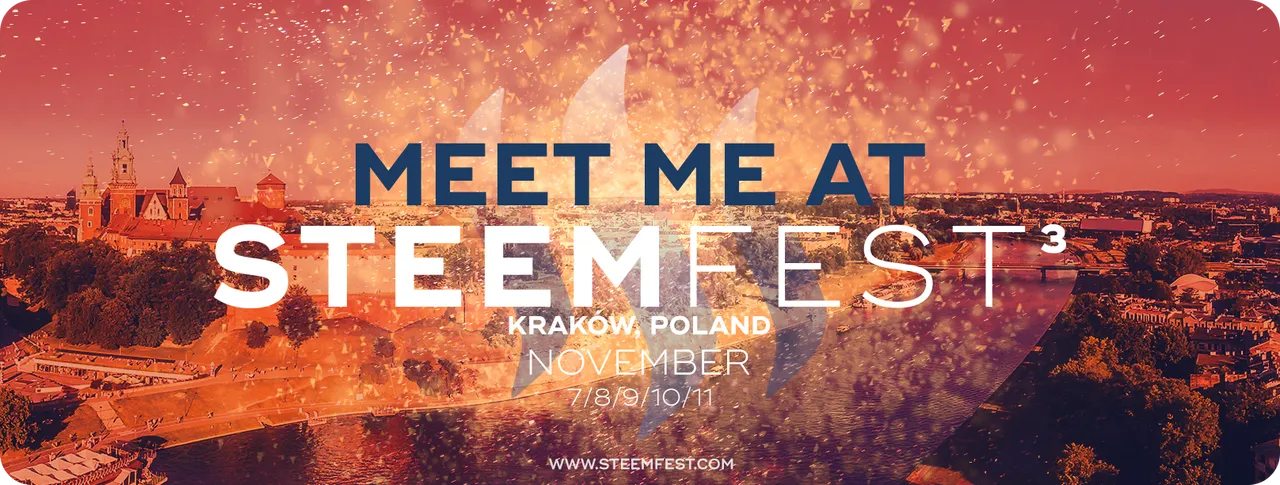
Jorvik - York's Viking Past
The city of York's viking history stretches as far back as 866 when an army Led by Halfdan and Ivar the Boneless,1 attacked the city of Eoforwīc on All Saints Day, November 1st of that year. Eoforwīc is the Anglo-Saxon name for York, which translates as wild-boar town2. The sacking of Eoforwīc, on All Saints Day, was a tactical master-stroke, showing the level of sophistication that the vikings possessed in assessing the strengths and weaknesses of their enemies. There understanding of Christian custom and practice, aided by the somewhat blinkered attitudes of the church at the time, allowed the vikings to ambush the town on a festival day with minimum casualties.

The town was used as a viking garrison for a short time before being taken back by the English and then retaken by viking forces in 867. The city changed hands multiple times until a large viking army took Eoforwīc in March 867 killing the Northumbrian kings Aelle and Osbert. By the year 878 the former city of Eoforwīc (York) had been made part of the five boroughs of the Danelaw3 and was thence forth known as Jorvik.
The vikings stamped their mark on the city in many ways. Most notably their settlement made Jorvik a river port of no small measure. Archaeological records show Jórvík's trading connections reached to the Byzantine Empire and beyond, with both Byzantine silk recovered and coins from Samarkand 4 (a city in Uzbekistan). However, there is very little evidence of the vikings left in the architecture of modern day York as they built structures mainly with wattle (wood and mud) walls and thatched roofs.
Jorvik Viking Centre - The Excavation of Coppergate Street
Most of what we do know about the viking city of Jorvik comes from excavations of the Coppergate street site by York Archaeological Trust between 1976-81. The Jorvik Viking Centre 5. now sits atop this archaeological dig, providing an emersive experience into the lives of the people of this bygone age.

After descending a double flight of stairs, the museum experience starts above the old dig site, where they have a suspended glass floor with areas of excavation beneath. There is an archaeologists in this room dressed in full viking clothing ready to greet you and talk over the various artifacts on display.
Unfortunately, the low lighting and my rubbish phone camera doesn't really do this area justice in the picture above but it does give a general impression of the atmosphere. The area includes the original foundations of various buildings, both viking and from later medieval eras. As the friendly viking archaeologist talks you through the different indicators of style; building material, architectural structure etc, you do get a glimpse into the process behind the historical analysis.
The next section of the museum tour was my favorite. As a writer I am constantly trying to piece together setting through focused observation. Drinking in sights, sound and smell to build a believable backdrop with words to future stories and poems. The animatronics ride experience at Jorvik, builds that impressionistic step-back-in-time very well. The ride gives the feel of stepping back to the flee ridden, earthy smoke of ancient Coppergate street. They even pump in realistic smells as you ride through the recreation. I have written a short story which will be published separately from this post that was inspired by the Yorvik Viking Centre and particularly this part of the tour. In the mean time here is a short video of the ride, filmed on my phone's camera, complete with viking music as the microphone didn't capture the commentary very well. You will just have to imagine the smells 😉
The ride ends and you disembark into a more traditional museum setting. Many of the artifacts recovered in the dig are displayed in this section and the historical context is represented excellently.

One interesting thing I discovered was that seemingly every-day items were considered status symbols to the vikings. Bone combs were owned by the wealthy and those in high society among the vikings took immaculate care in personal grooming. There were a number of other combs on display of varying size and type, including one that could very well have been a beard comb.
In another area we were asked to guess the use of various artifacts (see picture below). This exhibit was presented in an immersive way as another archaeologist in full costume presented a group of items that you were allowed to touch, before asking what you thought they were.

Shoe of Bone

Have You Guessed it Yet? It is a Viking Ice Skate!
Apparently, they were attached to the bottom of shoes by circlet's of leather and people would use them to skate across frozen rivers as well as hard packed snow. This was not for fun but rather a means to travel more efficiently, a way to get from A to B quickly in the frozen winter. It is this type of fascinating detail which I find invaluable for building setting in historical or fantasy fiction and the Jorvik Viking Centre was a real gold mine for this type of hidden history.
I hope you have enjoyed this delve into the viking history of York. Keep your eyes peeled for the short story inspired by Jorvik, to be published in the next few days! Thanks for reading 🙂
References:
- http://www.historyofyork.org.uk/themes/viking-invasion
- https://en.wikipedia.org/wiki/History_of_York
- http://www.viking.no/the-viking-travels/jorvik-york/york-jorvik-and-the-five-boroughs-of-the-danelaw/
- https://en.wikipedia.org/wiki/Scandinavian_York
- https://www.jorvikvikingcentre.co.uk/about/#qtVkfhOqyoSzZ3Pc.97
- https://en.wikipedia.org/wiki/Ska%C3%B0i








Join us @steemitbloggers
Animation By @zord189
